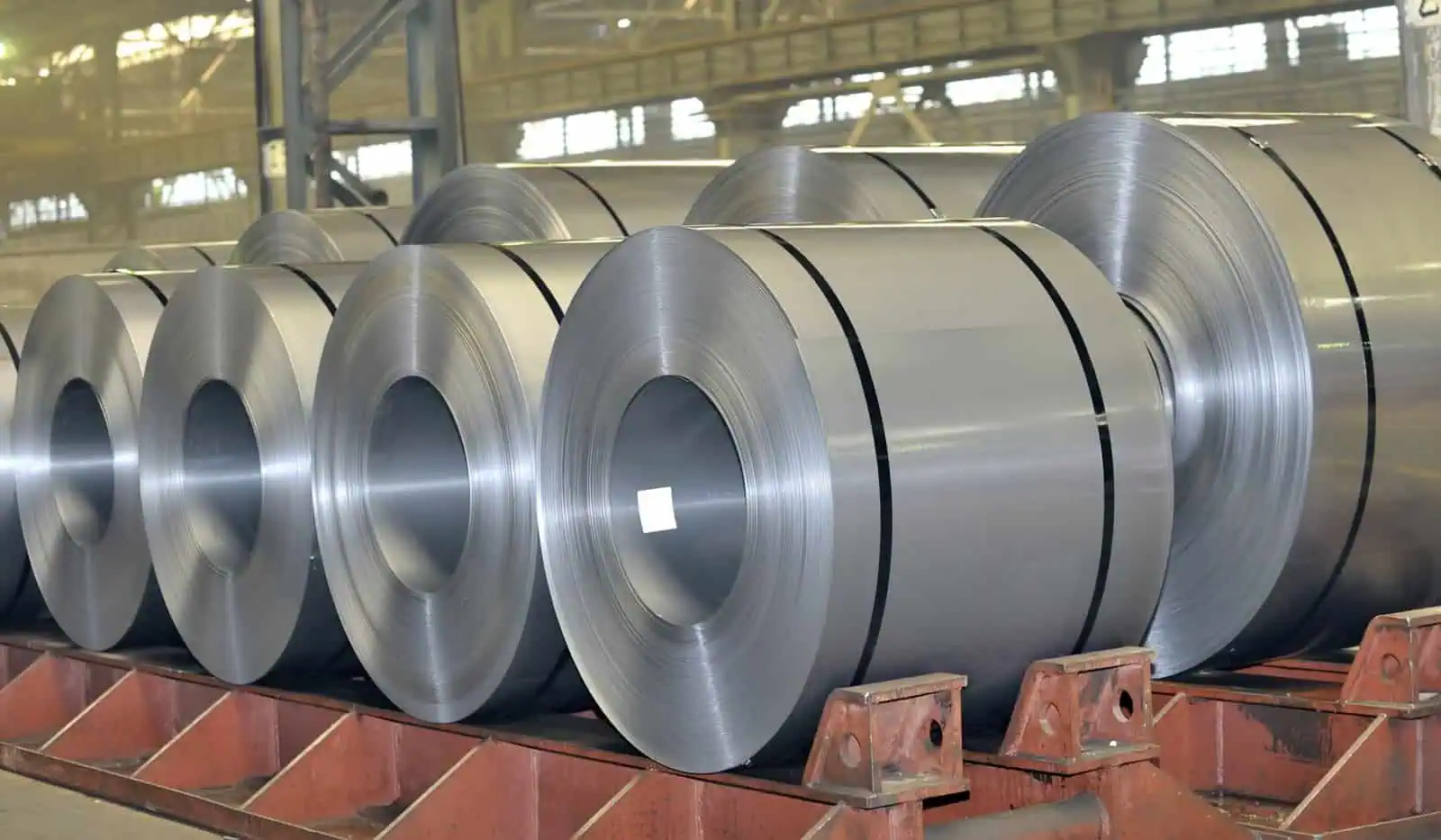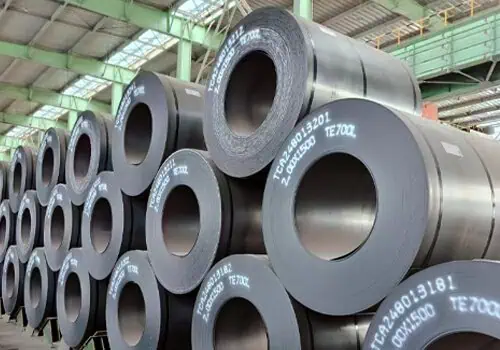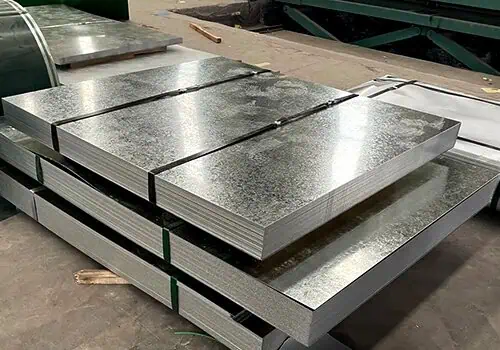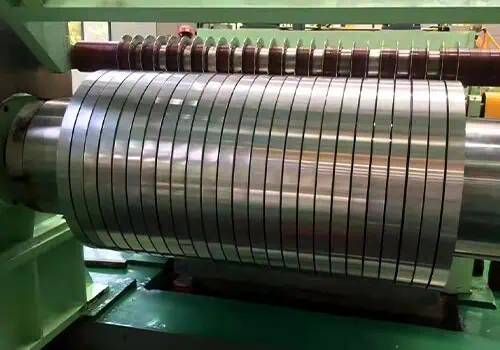Choosing the wrong steel type can cause performance issues, rework, and missed deadlines. Many buyers confuse hot rolled and cold rolled steel—don’t let that be you.
What is the difference between hot rolled and cold rolled steel? Hot rolled steel is processed at high temperatures, making it more affordable, while cold rolled steel is refined at room temperature for better precision and finish. The decision between the two depends on your project’s requirements for surface quality, strength, tolerance, and application. For cost-effective structures, use hot rolled; for high-precision components, cold rolled is ideal.
Let’s break down hot rolled steel vs cold rolled steel to help you make the right choice.
What Is Hot Rolled Steel?
Hot rolled steel is made by heating steel above 1700°F (926°C) and rolling it into the desired shape. This process makes shaping and forming easier, especially for larger sections.
Hot rolled steel is commonly used in construction and industrial applications where precision is not required. It’s less expensive and easier to produce.
Because of the hot rolling process, the steel often has a scaly surface and less uniform dimensions. However, this is not an issue for large-scale applications like I-beams, structural frames, and what is hot rolled steel used for—where strength is more important than appearance. Common hot rolled steel grades include A36, A572, and Q235B, which are chosen for their durability. Regardless of its surface, hot rolled steel corrosion resistance is generally acceptable for structural applications when coated.
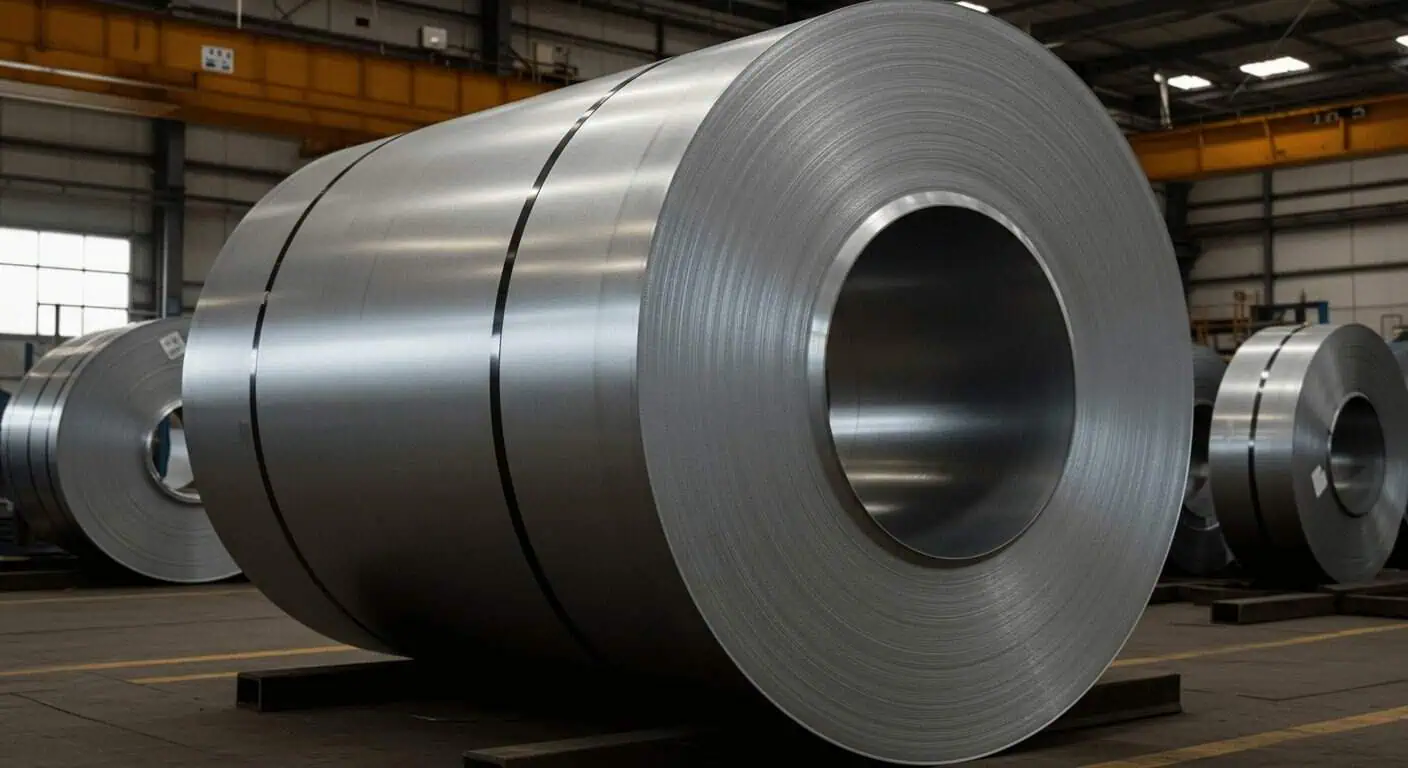
What Is Cold Rolled Steel?
Cold rolled steel is produced by passing hot rolled steel through rollers at room temperature, which improves surface finish and dimensional accuracy.
This method improves cold rolled steel properties, particularly strength and hardness. That is why cold rolled steel is preferred for projects that require a high level of appearance and tight tolerances.
Cold rolled steel applications range from automotive components to home appliances and precision tools, all of which require a clean finish. Its smooth surface minimizes the need for additional finishing work. Understanding the cold rolling process allows buyers to appreciate the added cost.
While more expensive than hot rolled, its benefits—outlined in cold rolled steel advantages—include uniformity, machinability, and better performance in tight-fit assemblies.
What Are the Main Differences Between Hot Rolled and Cold Rolled Steel?
Understanding the processing differences between steels and how they affect performance, tolerance, and price is critical for selecting the right steel.
Hot rolled steel is less expensive and rougher to work with, making it ideal for structural applications. Cold rolled steel is smoother and stronger, making it ideal for parts that require accuracy.
To break it down: hot rolled steel vs cold rolled steel comes down to appearance, strength, and cost. Hot rolled steel density and density of hot rolled steel typically hover around 7.85 g/cm³, the same as cold rolled, but processing makes cold rolled denser and harder in practice. Each has distinct features appropriate for various project types and budgets.
Which One Is Better for Construction Projects?
For construction buyers, the most important factors are strength, volume, and budget. This is where hot rolled steel shines.
It’s easier to fabricate and significantly less expensive, making it ideal for beams, columns, and foundations.
Hot rolled steel grades such as A36 are commonly used in warehouses, towers, and bridges. The relaxed dimensional tolerance is not an issue in such large structures. In fact, its flexibility and scalability are the reasons it dominates the building industry. With the proper coating, hot rolled steel corrosion resistance can meet outdoor use expectations.
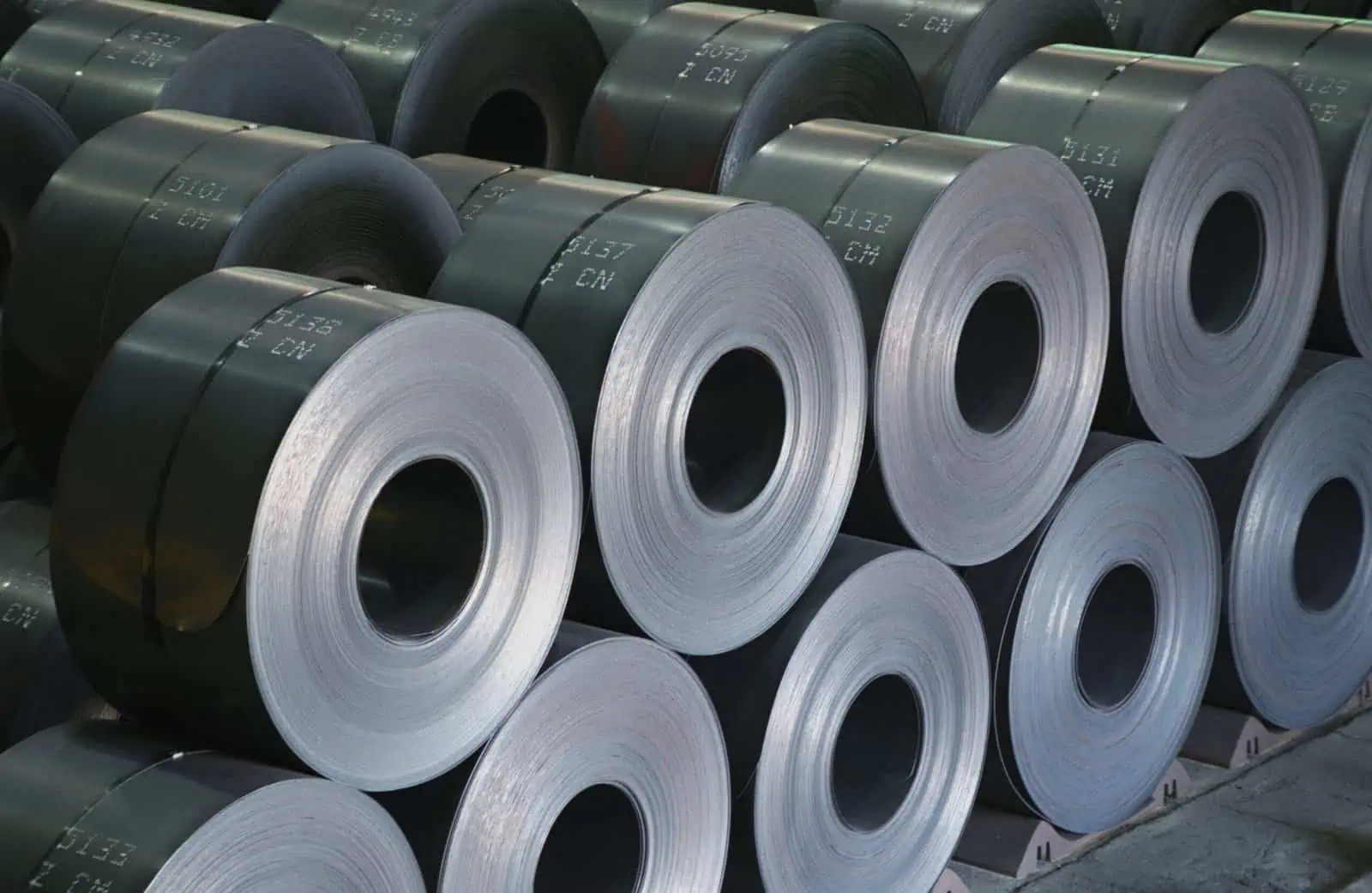
Which One Is Better for Manufacturing Precision Parts?
Cold rolled steel is the best option for producing stamped components or parts with tight tolerances.
Cold rolled steel has a superior surface finish and tighter tolerances, which reduces machining costs and post-processing time.
Cold rolled steel uses include car doors, filing cabinets, steel furniture, and electronics housings. It is also used in parts that need to be bent and formed without cracking. Welding cold rolled steel is also easier due to its smooth surface, but controlled heating is required to avoid internal stress. Overall, the precision and finish make it the preferred choice among manufacturers.
How Does Price Differ Between Hot and Cold Rolled Steel?
Cost is frequently the first consideration for bulk buyers and project managers alike. Yes, the difference can be significant.
Cold rolled steel prices can be 20-50% higher than hot rolled steel prices, owing to additional processing and tighter quality control.
However, the premium may be justified if your application requires smooth surfaces, sharp corners, and precise specifications. Understanding cold rolled steel specifications allows you to determine whether the higher price adds real value. Hot rolled steel prices are more in line with budget efficiency for projects with loose tolerances and high volumes.
What Are the Common Quality Concerns When Importing Both Types?
Quality issues differ between hot rolled and cold rolled steel, so inspections should target different factors.
For cold rolled, surface defects, inconsistent thickness, and rusting are top concerns. Always check cold rolled steel meaning on supplier documents—it should be clearly stated, along with yield strength and specs.
Minor warping and scaling are normal when hot rolled. Key documentation, such as cold rolled steel specifications or material test certificates (MTCs), is required for both types. Insist on certificates such as ISO 9001 or SGS. Consider how suppliers handle packaging and moisture control, especially if exporting to humid regions.

Which Is Stronger, Hot Rolled or Cold Rolled Steel?
Strength is a primary concern in industries such as construction and heavy machinery. So, which steel is stronger?
Cold rolled steel is typically stronger due to the strain hardening effect of additional processing steps.
Cold rolling increases tensile strength, hardness, and resistance to deformation. That said, hot rolled steel is still strong enough for most structural uses, and its density of hot rolled steel remains consistent with its cold-rolled counterpart. Choose based on the required load-bearing needs of your project.
When to Use Hot rolled vs Cold Rolled Steel?
Still not sure which one to choose? Let’s match steel type to project requirements.
Hot rolled steel is ideal for construction and heavy equipment because it is inexpensive, flexible, and has high bulk strength.
When precision, a smooth appearance, and minimal machining are important, choose cold rolled steel. Consider using it for interior frames, casings, cabinets, or polished components. Comparing cold rolling advantages and disadvantages will show that despite higher cost, its consistency often leads to less material waste.
How to Choose the Right Supplier in China?
The quality of your steel is only as good as the supplier. Here’s what to look for when sourcing from China.
Work with exporters with more than ten years of experience and clients in your target markets. Mina Steel, for example, exports to South America, the Middle East, and Southeast Asia, and provides complete certification, inspection reports, and logistics support.
You should also check how they handle delivery timelines and product tracking. Make sure they’re responsive and transparent by requesting cold rolled steel properties, lab reports, and, if necessary, third-party audits. Alibaba reviews, Google ratings, and case studies are excellent research tools.
Summary
Choose steel based on budget, precision, and performance. Know the difference and select the appropriate type to ensure your project’s success.

